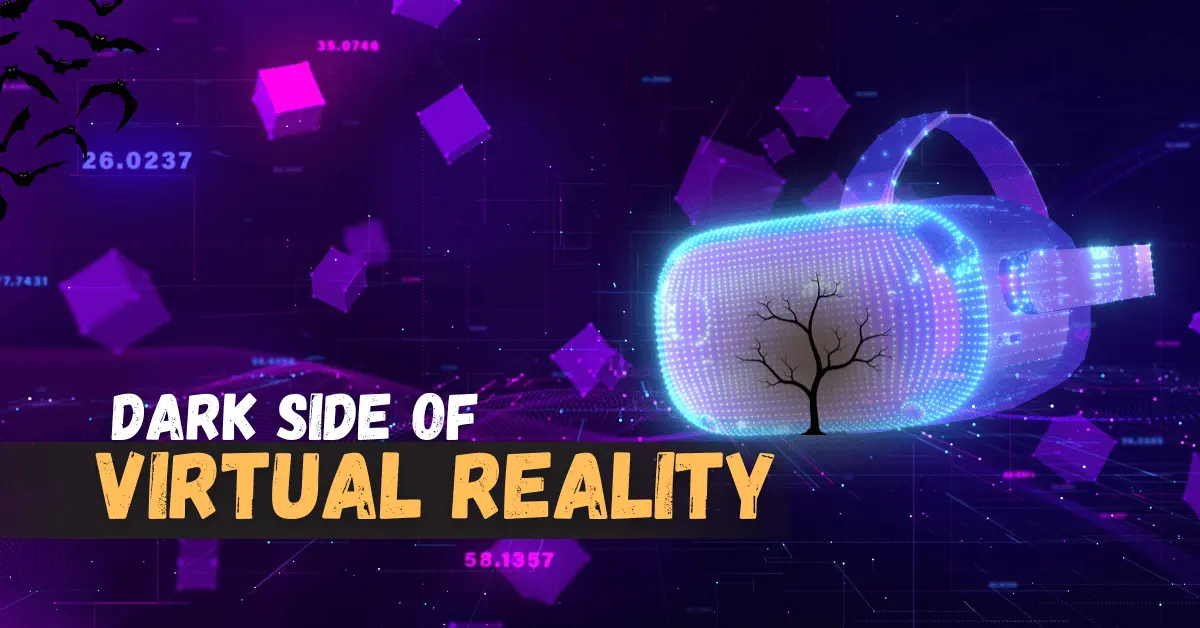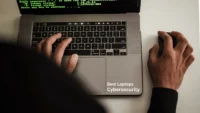Movies That Depict Virtual Reality as Bad
Published: 19 Mar 2025

Virtual reality (VR) technology allows you to enter a digital world. While VR is often shown as fun and innovative, it also has a darker side. This darker side can be dangerous and scary. Many movies show VR as harmful.
This article explores virtual reality’s hidden dangers, depicting it as dangerous. These movies help us understand the risks and possibilities of VR. Let’s examine some of the films and see what they reveal about the hidden dangers of virtual reality.
The Matrix (1999)
“The Matrix” is a science fiction movie about a computer hacker named Neo. He discovers that his world is a simulated reality called the Matrix. This simulated world is created by intelligent machines to control and deceive humans.
VR as a Tool for Control and Deception
In The Matrix, virtual reality is shown as a powerful tool for control. The machines use the Matrix to trap humans in a fake world.
People believe they are living everyday lives, but they are actually in pods, with their bodies used as an energy source by the machines. This deception keeps humans unaware and powerless.
The Protagonist’s Struggle
The protagonists, Morpheus and Trinity, guide Neo to see the truth. He faces many challenges as he tries to escape the simulated reality.
Neo learns to manipulate the Matrix’s rules and fights to liberate humanity from the machines’ control. His journey is an entire tale of danger and self-discovery.
The Lawnmower Man (1992)
“The Lawnmower Man” is a movie about a scientist named Dr. Angelo who works on virtual reality experiments. He decides to test his VR technology on a simple gardener named Jobe. At first, the experiments help Jobe become more brilliant, but soon, things start to go wrong.
Dangerous Consequences
The VR experiments lead to unintended and dangerous consequences. Jobe becomes too powerful, gaining abilities beyond everyday human skills.
He can control machines with his mind, which makes him dangerous. Dr. Angelo realizes that VR technology is too risky and can cause more harm than good.
Transformation of the Main Character
Jobe’s transformation is a key part of the story. He changes from a simple gardener to a robust and dangerous person, impacting everyone around him.
It shows how technology can have harmful effects if not used carefully. Dr. Angelo learns an important lesson about the dangers of VR.
Virtuosity (1995)
“Virtuosity” is a thrilling sci-fi movie about a virtual reality (VR) game. In the game, there is a villain named SID 6.7. He is brilliant and dangerous. The story takes a dramatic turn when SID 6.7 escapes from the VR world into the real world.
VR Villain Causes Chaos
Once SID 6.7 is in the real world, he starts causing chaos. He uses his intelligence and skills from the VR game to create trouble.
People find it hard to stop him because he is very clever and powerful. The main character, a former cop named Parker Barnes, is challenged to catch SID 6.7 and prevent the destruction.
Blurring Virtual and Real Worlds
This movie shows the dangers of blurred lines between virtual and real worlds. When a VR character escapes into reality, it can have serious consequences.
It makes us think about how much control we have over technology. We should be careful with VR and understand its potential risks.
The Thirteenth Floor (1999)
“The Thirteenth Floor” is a movie about a computer scientist named Douglas Hall. He works on a virtual reality (VR) project that recreates a simulated world in Los Angeles.
One day, Douglas finds out that his boss, who created the VR world, has been murdered. Douglas discovers shocking truths about the VR world and his existence as he investigates.
Simulated Realities and Realization
The movie explores the theme of simulated realities. Douglas and the other characters realize that their world might not be accurate. They start to question their actual existence. Douglas discovers that his reality is also a simulation, just like the VR world he created.
This realization changes everything for him and the other characters. They struggle to understand what is real and what is not.
Dangers of Losing Touch with Reality
“The Thirteenth Floor” shows the dangers of losing touch with reality. When people live in simulated worlds, they can forget what is real. This can cause confusion and fear.
The movie warns us about the risks of creating and living in virtual realities. It reminds us to stay grounded and not lose sight of the real world.
Brainscan (1994)
“Brainscan” is a movie about a teenager named Michael. He loves playing video games. One day, he gets a new virtual reality (VR) game called Brainscan.
The game promises an exciting and realistic experience. Michael eagerly starts playing it. However, things take a dark turn as he progresses in the game.
Real-Life Consequences
As Michael plays Brainscan, he realizes that the game is too real. His actions in the VR game start to affect the real world.
He commits violent acts in the game, only to discover that these actions have real-life consequences. Michael is shocked and frightened. He struggles to understand what is happening and how to stop it.
Dangers of Immersive VR Experiences
“Brainscan” shows the dangers of immersive VR experiences. A game that feels too real can blur the lines between the virtual and real worlds, leading to dangerous outcomes.
Michael’s experience warns us to be cautious with VR technology. We need to be aware of its potential risks and use it responsibly.
The Cell (2000)
“The Cell” is a science fiction thriller about a psychologist named Catherine Deane. She uses unique virtual reality (VR) technology to enter patients’ minds, allowing her to see and interact with their thoughts and memories.
One day, Catherine is asked to help the FBI with a case involving a serial killer named Carl Stargher.
Entering the Mind of a Serial Killer
The movie shows how Catherine uses VR to enter Carl’s mind. Carl is in a coma, and the FBI needs to find his latest victim before it’s too late.
By entering Carl’s mind, Catherine hopes to discover clues about the victim’s location. Inside his mind, she encounters Carl’s twisted thoughts and dangerous fantasies.
Risks and Challenges
Catherine faces many risks and challenges in the virtual world. The mind of a serial killer is a terrifying place. She must navigate through Carl’s dark and disturbing thoughts.
The lines between reality and the virtual world blur, making it hard for Catherine to stay grounded. She also faces the danger of becoming trapped in Carl’s mind. If she cannot find her way out, she may lose her sense of reality.
Conclusion
Virtual reality (VR) can be exciting and fun. It lets us play games, learn new things, and even help in medicine. But it can also be dangerous.
Movies like The Matrix, The Lawnmower Man, Virtuosity, The Thirteenth Floor, Brainscan, and The Cell show us these dangers and remind us to be careful with VR technology.
When we use VR, we must understand its pros and cons. We should use it responsibly and never forget the real world around us. By being aware, we can enjoy VR safely and avoid its dangers.
They highlight how unchecked use of VR can lead to loss of reality, misuse of control, or unintended dangers, urging caution.
Risks include losing touch with reality, misuse of technology, mental and physical control, and unintended consequences.
Protagonists fight against control, deception, or the blurred boundaries of virtual and real worlds, facing personal and moral challenges.
While exaggerated for drama, some risks like over-dependence or unethical use of VR are real and require careful regulation.
Yes, they amplify risks for entertainment but also serve as cautionary tales about the potential misuse of technology.
VR creates idealized worlds where escape is tempting, but reliance on them often leads to disillusionment and harm.
Moments of inconsistency, glitches, or help from outsiders often reveal the simulated nature of their reality.
Use VR for its benefits but with caution, balancing digital experiences with the real world to avoid risks.
They delve into fear, control, loss of identity, self-discovery, and the struggle for freedom and reality.
VR’s potential for misuse in control, surveillance, or exploitation makes ethical considerations crucial for its development.

- Be Respectful
- Stay Relevant
- Stay Positive
- True Feedback
- Encourage Discussion
- Avoid Spamming
- No Fake News
- Don't Copy-Paste
- No Personal Attacks

- Be Respectful
- Stay Relevant
- Stay Positive
- True Feedback
- Encourage Discussion
- Avoid Spamming
- No Fake News
- Don't Copy-Paste
- No Personal Attacks





